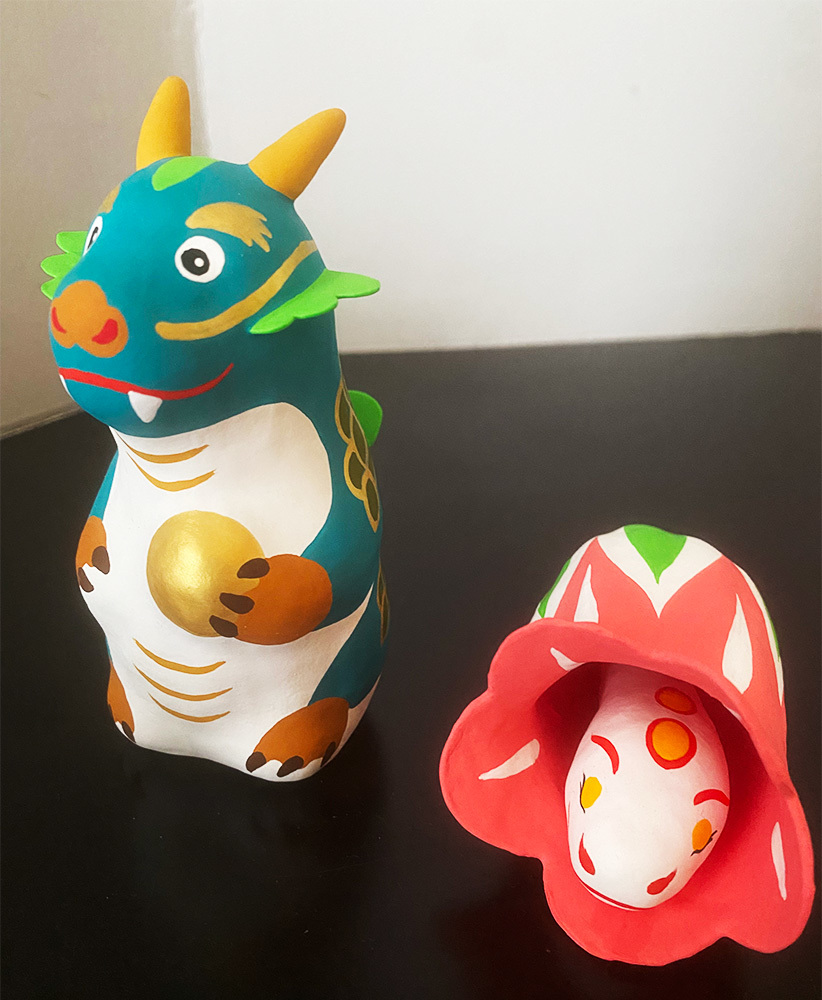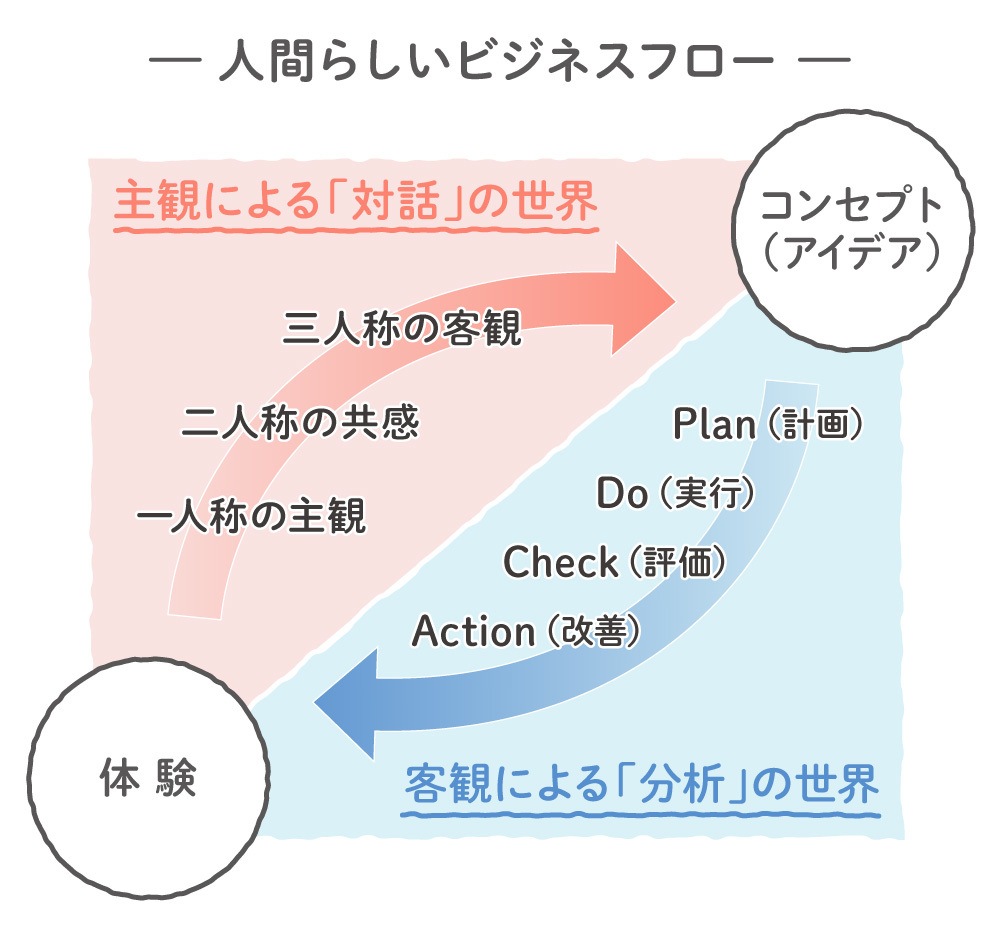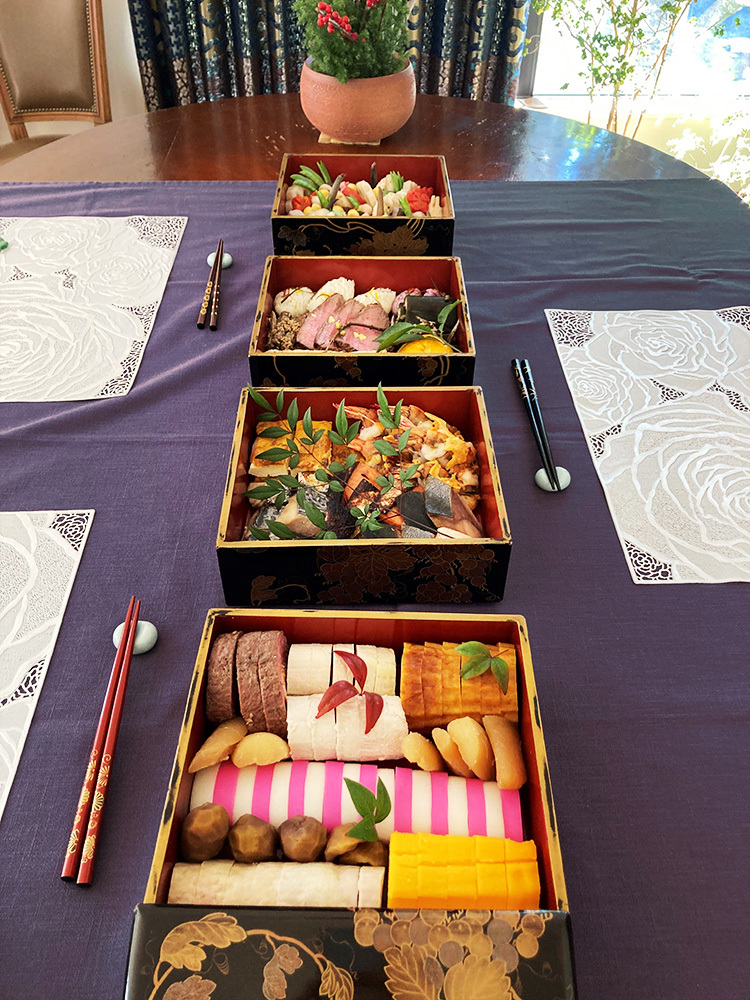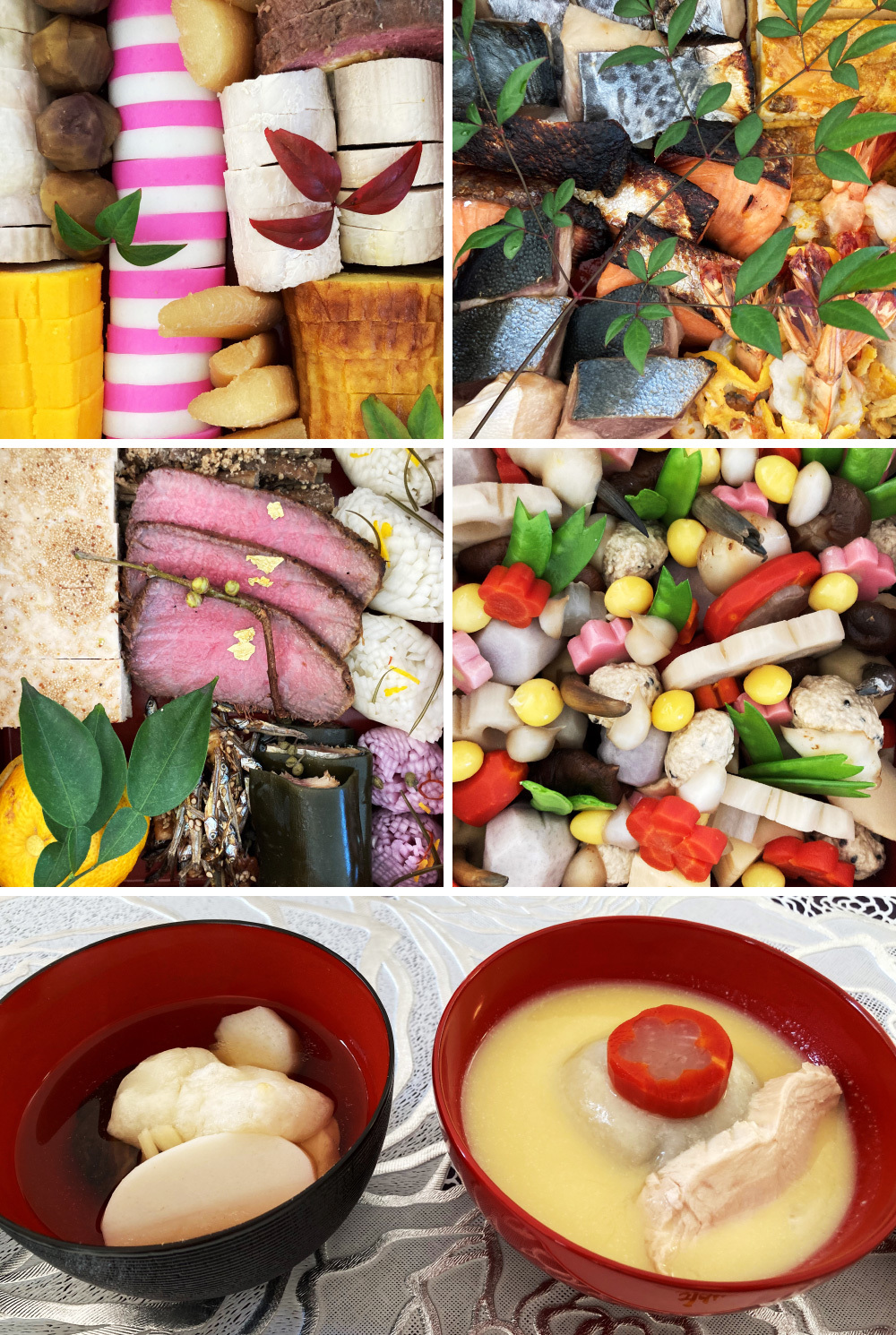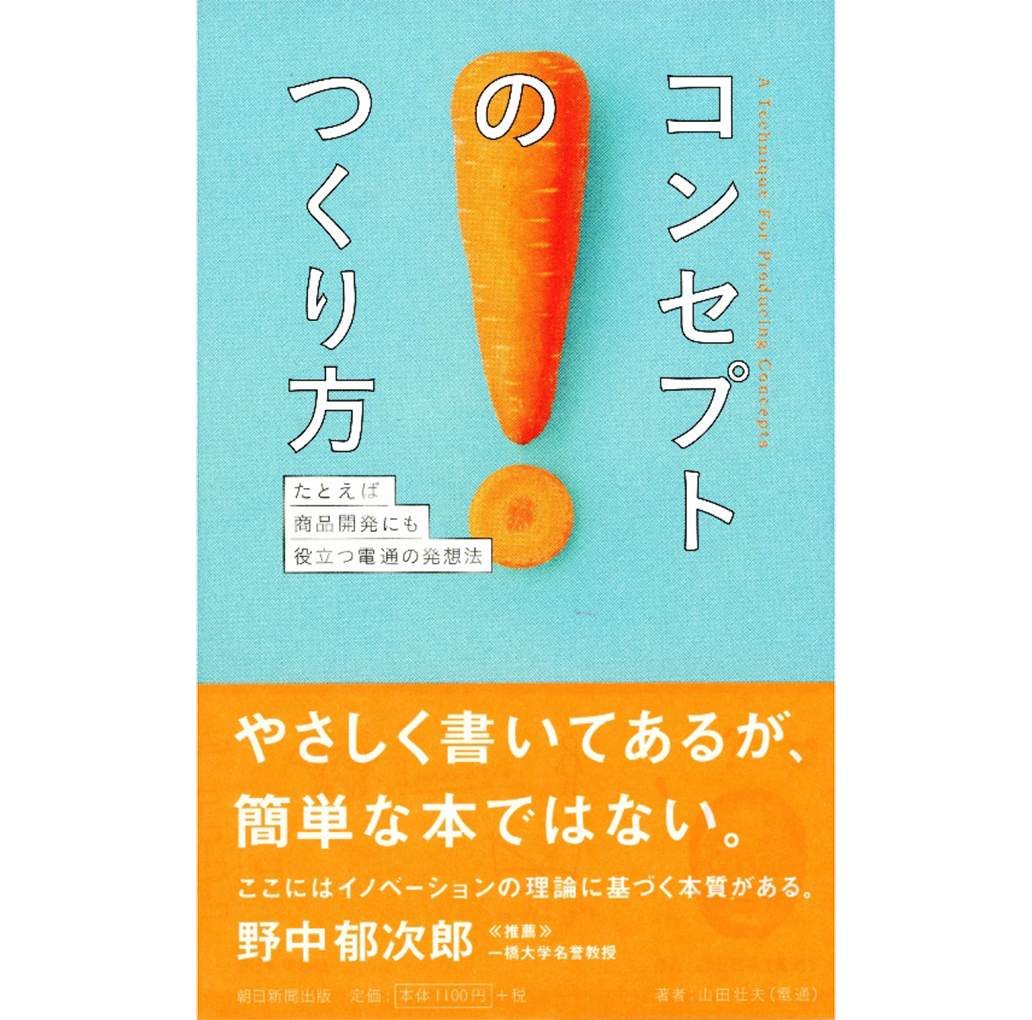We have held over 300 sessions of "Creative Dialogue," a forum for discussing methodologies for "concept manufacturing" and "quality control," primarily within the Dentsu Group.
Much of what we discuss is likely familiar to readers of this column, yet each session is highly stimulating because the topics evolve differently with each group of participants.
Just the other day, during a Creative Dialogue with young creators, I noticed they firmly believed the correct process was "first determine What to say, then tackle How to say." So I posed this question:
"But let me ask you this: how exactly do you determine 'What to say'? Surely it involves researching the target audience and identifying product features that receive positive feedback, right? That implies a clear 'target' audience you're aiming for. Wouldn't you agree?"
In response, the junior member said: "That's true. But for most products, I think the target is clear..." So I continued:
"Sure, surveys might reveal user attributes like age or gender. But how often do you actually see cases where the target audience is defined based on a clear understanding of the 'psychological factors'—like the specific customer pain points the product solves?"
"Take Ajinomoto's 'CookDo'. It grew based on the concept of 'enjoying authentic Chinese cuisine easily at home' – that 'connection' between customers and the product. But at one point, its growth stagnated. That meant the 'customer pain point' it was supposed to solve had become unclear. In that situation, conducting 'What to say' research is useless.
So the company sought a new 'connection' with customers to drive further growth. That led to the development of the 'Chinese Family Gathering' concept. Just as hotplate grilled meat or winter hot pots solve the problem of 'What meal is perfect for enjoying family time?', they positioned 'authentic Chinese dishes served on large platters' as the solution. This strategy worked, and 'CookDo' returned to a growth trajectory."
If a product's unique 'connection' with customers is clear, the creator's role is to provide excellent 'expression ideas' – focusing on the 'How to say'. But honestly, I think there are quite a few product brands, like 'CookDo' at one point, where the 'connection' with customers becomes unclear. In such cases, the great expectation placed on creators transcends the logical world of 'What to say' or 'How to say' – isn't it to create the 'concept' itself?"
Hearing this, the young person looked a bit perplexed and asked, "I understand what you're saying, but in that case, shouldn't we consider the 'Chinese Gathering' concept itself as the 'What to say', and then each element – like the movie, graphics, or event – as the 'How to say'?" My response was...
"Take Starbucks' famous 'Third Place' concept. It doesn't just cover the 'What' – the coffee and chairs you need to provide. It also hints at the 'How' – what kind of coffee and chairs would make people feel comfortable. Because fundamentally, a 'concept' is the blueprint itself that lets people sense a reality that doesn't yet exist in this world."
"Conversely, what's needed when creating a 'concept' is constantly moving back and forth between concrete strategies like 'If we communicate this way, maybe the world will respond' and abstract questions like 'Why would that specific strategy work well?' And for that 'concrete strategy' – 'If we communicate this way, maybe the world will respond' – distinctions like 'What to say' and 'How to say it' are irrelevant."
"If you blindly follow the process of 'first determining What to say before tackling How to say,' you risk missing the chance to develop the 'concept creation' skills essential for creators. Isn't it okay to think freely, to daydream about concrete ideas like 'This could be interesting,' even if there's no context?"
Time's up around here. The young person left with a smile, but I wonder how it went.
Lately, with the digitalization of marketing, there seems to be a growing illusion that everything can be managed logically and scientifically. But the very act of human "creation" isn't something you can control so easily. Actually, I covered this same theme about nine years ago. Driven by that sense of crisis, I decided to write about it again, this time delving a bit deeper.
I start the new year determined to persistently engage in "dialogue" with many people about the value of creativity.
By the way, our family's "osechi" (New Year's feast).
There were various small differences: black beans were shockingly expensive due to a poor harvest, we changed the kamaboko's origin from Odawara to Ube in Yamaguchi Prefecture, we used sun-dried shiitake mushrooms from logs we prepared ourselves, and we couldn't find any udo for the simmered vegetables. But overall, it was much like previous years, including the Takamatsu-style "anko mochi" in the zoni soup.
Thanks to all this, our family of three was able to start the New Year peacefully.
The year-end preparations were hectic, but homemade food is truly wonderful.
Please, help yourselves!
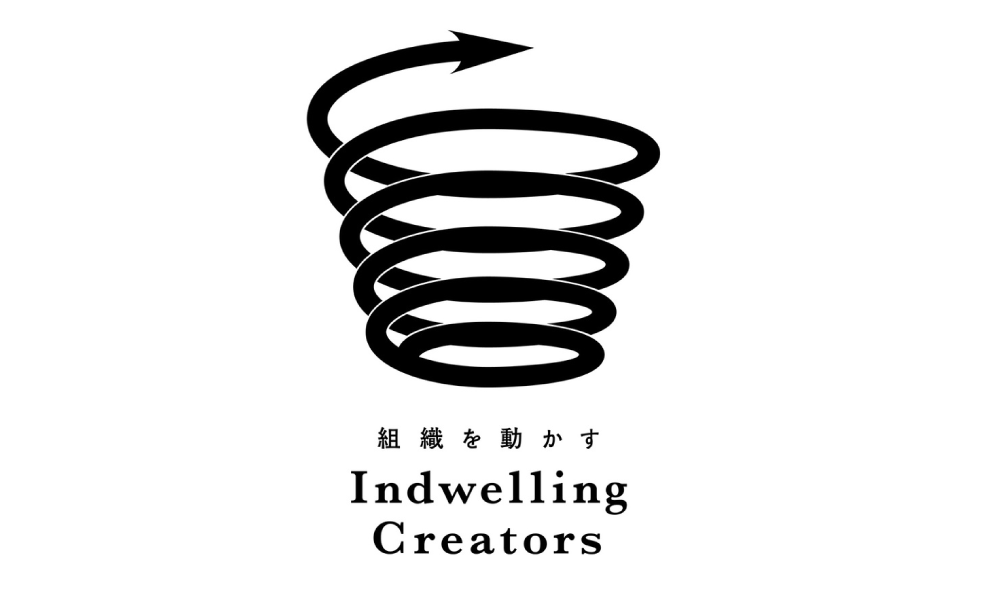
For more details about "Indwelling Creators" by Takao Yamada, click the logo.



